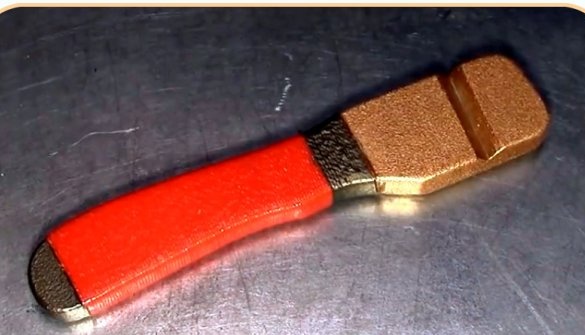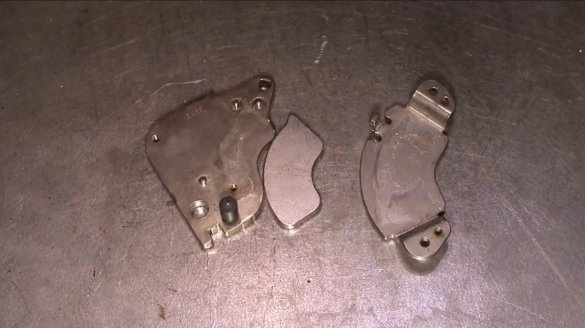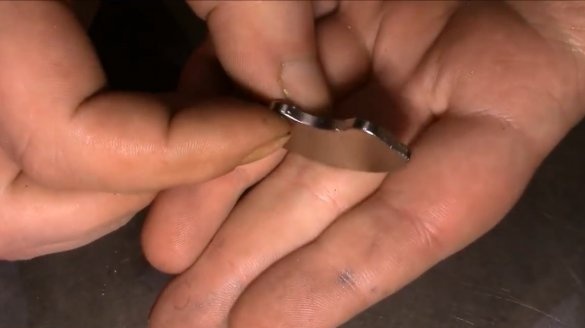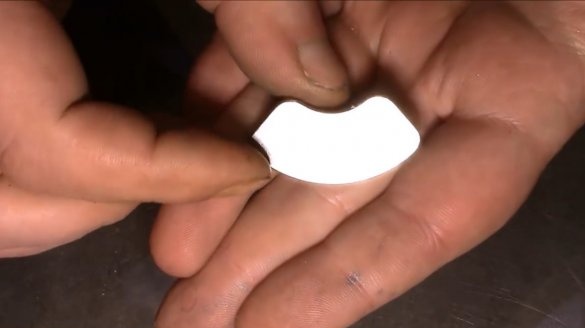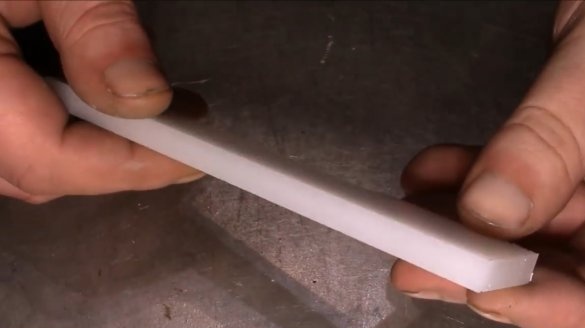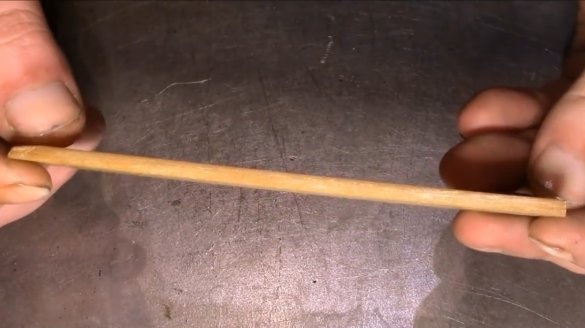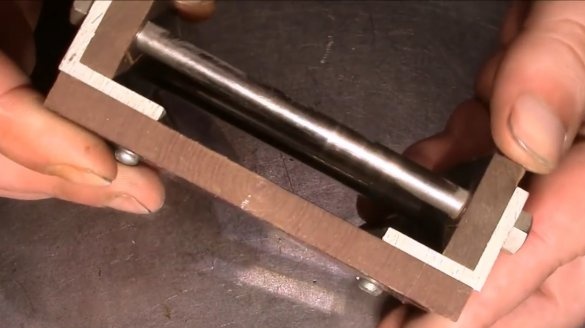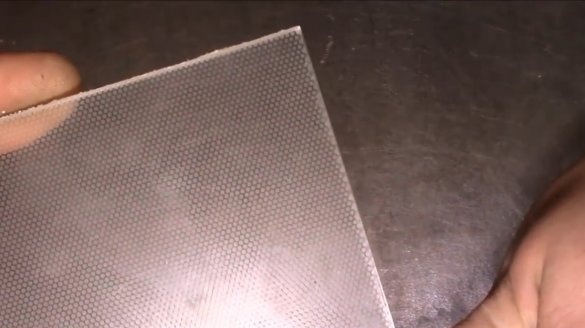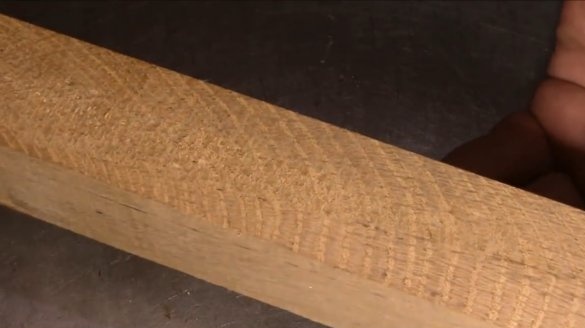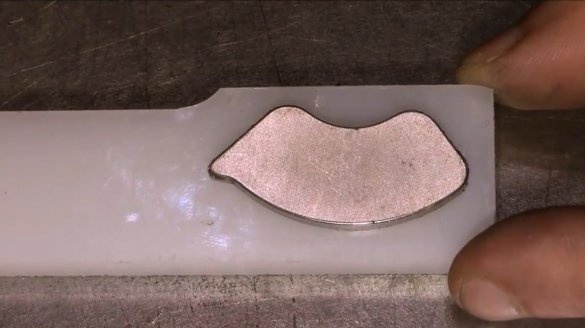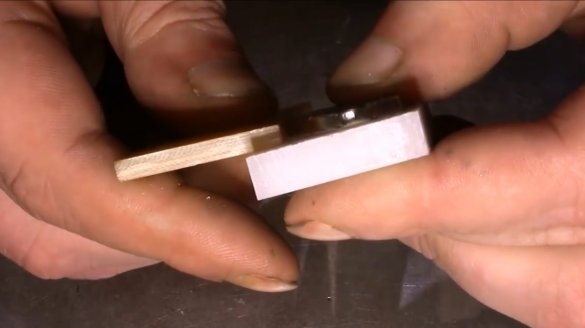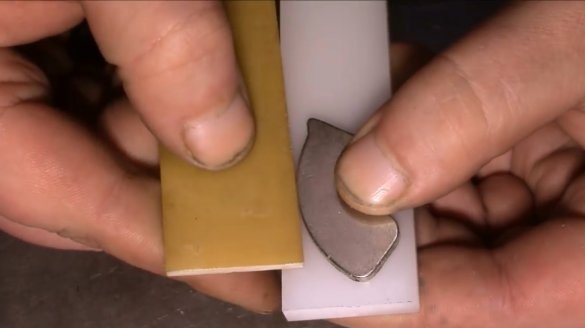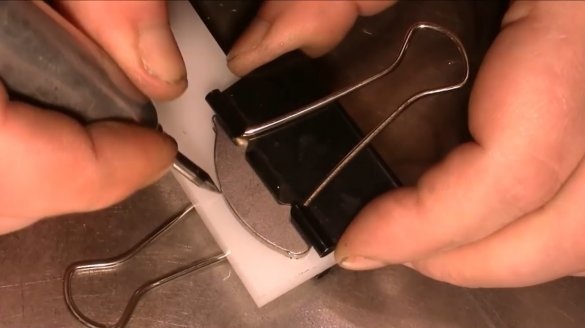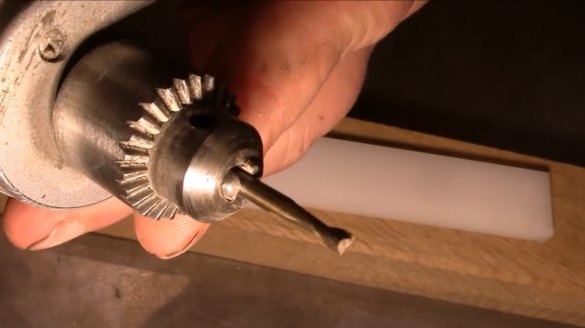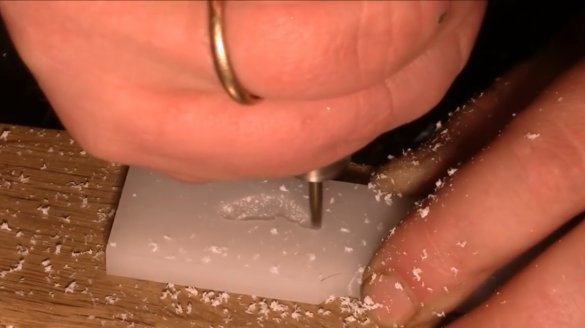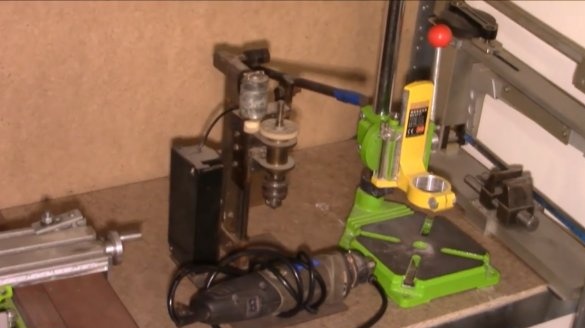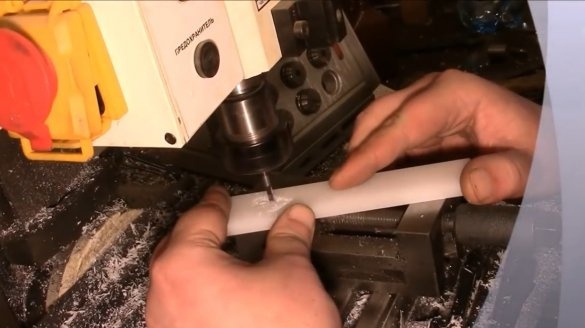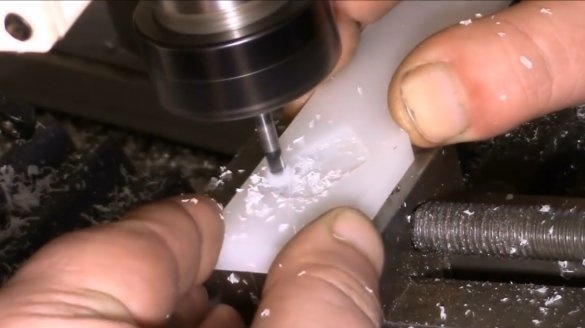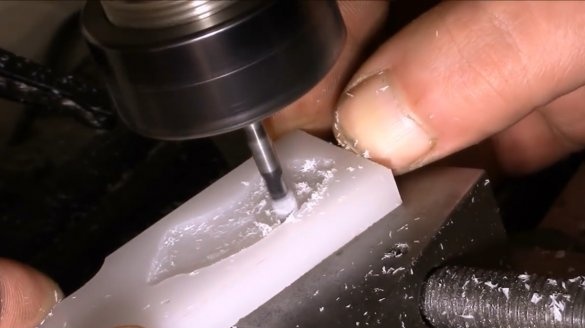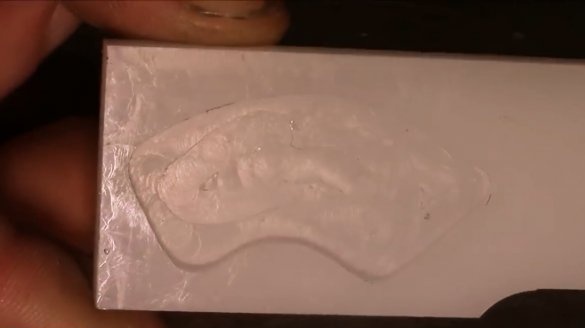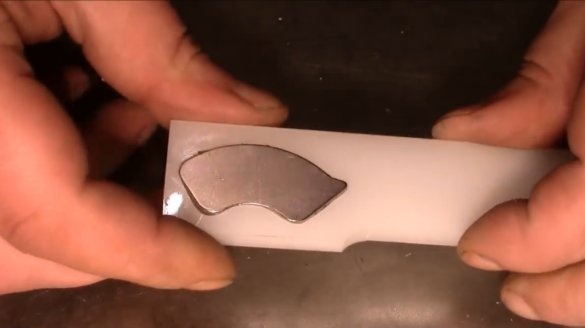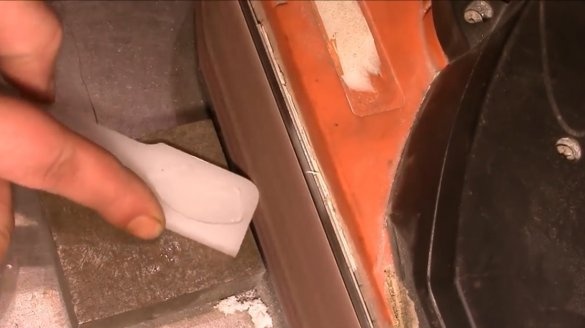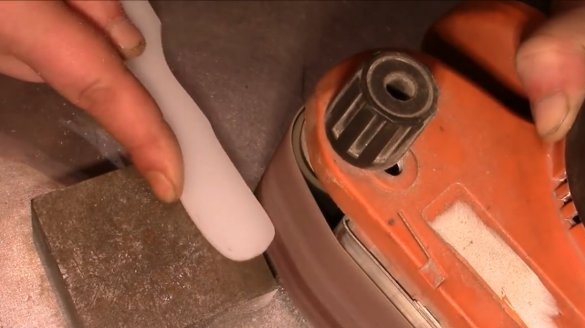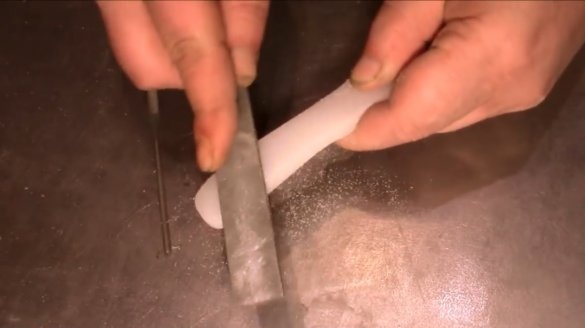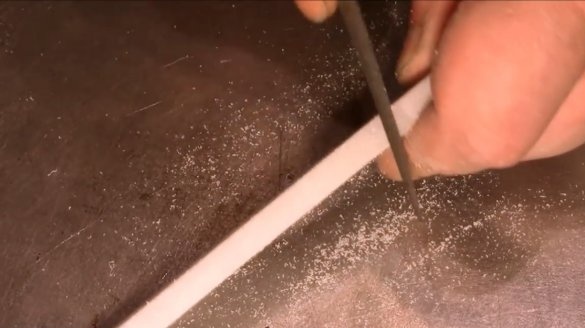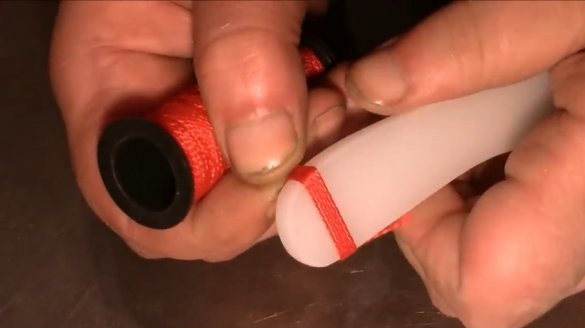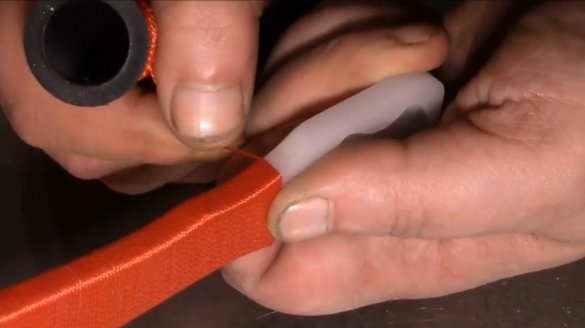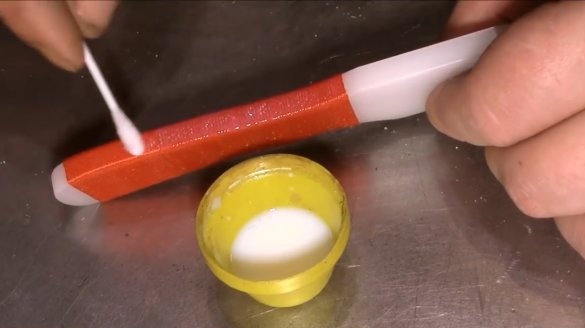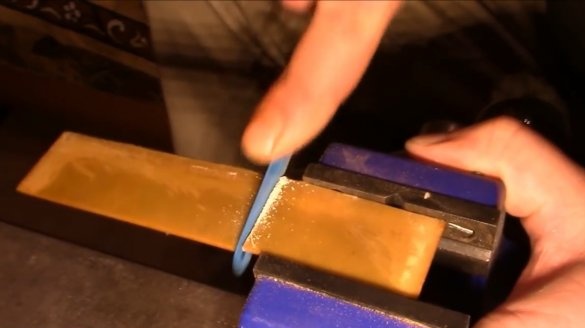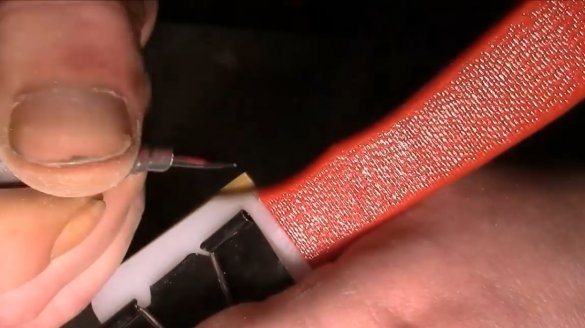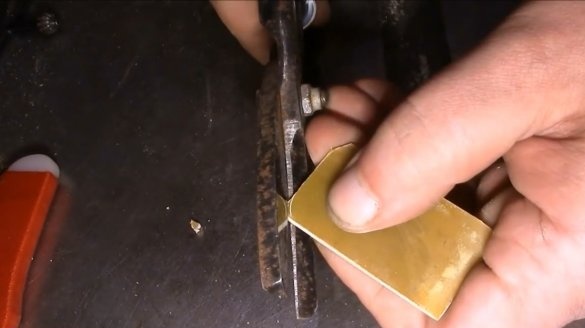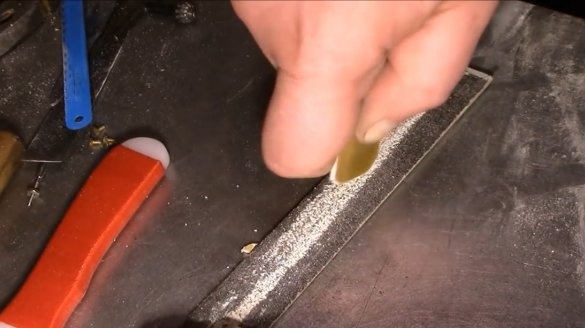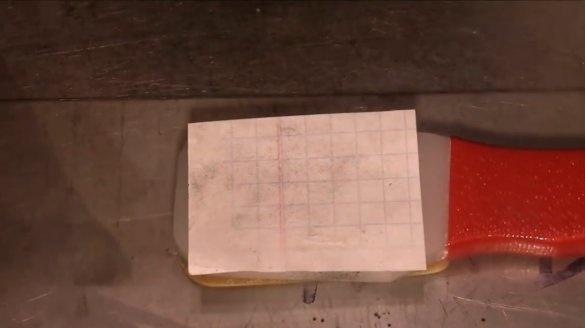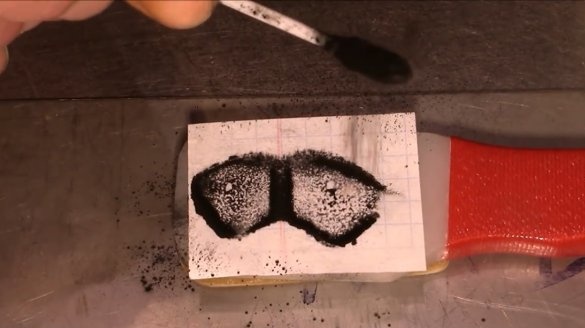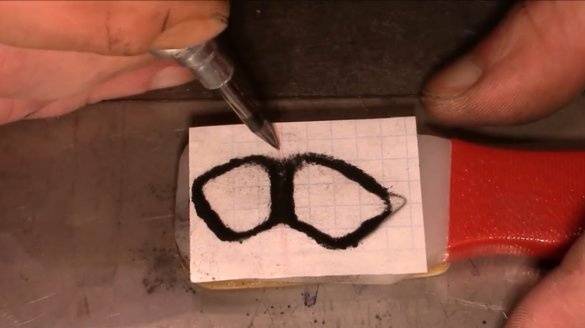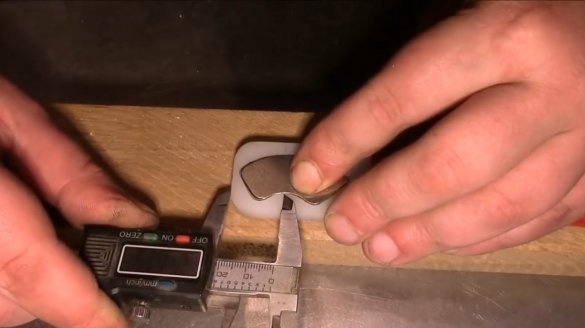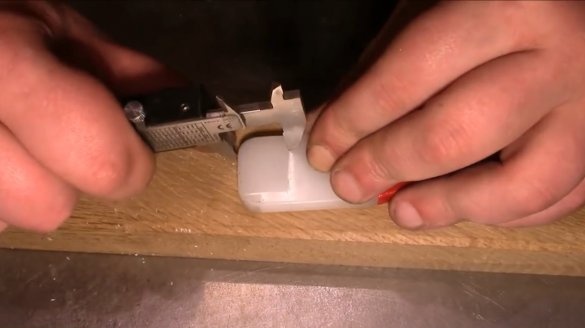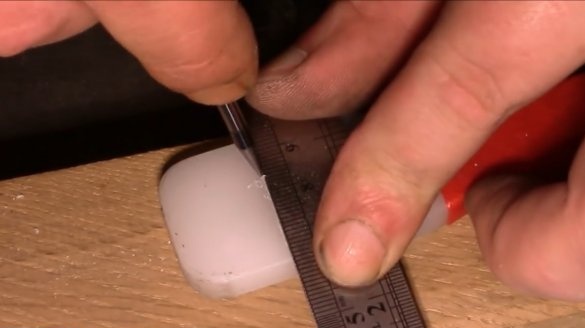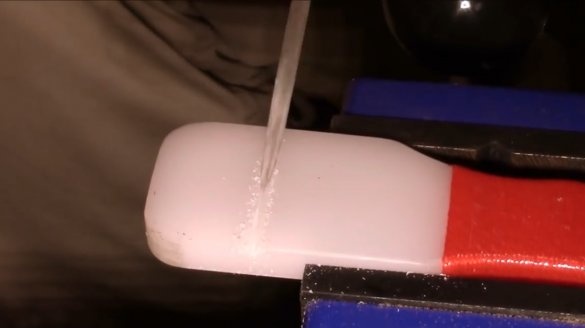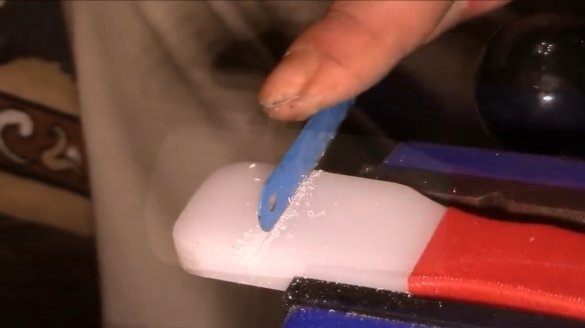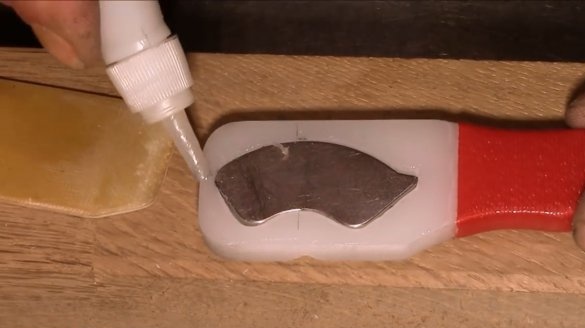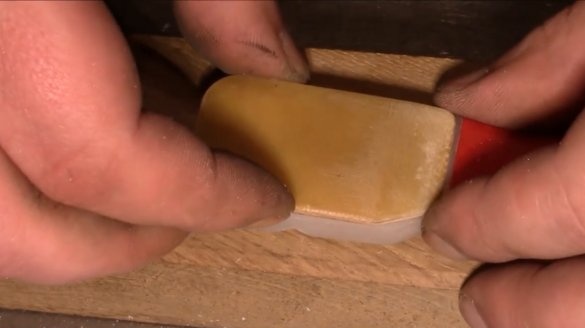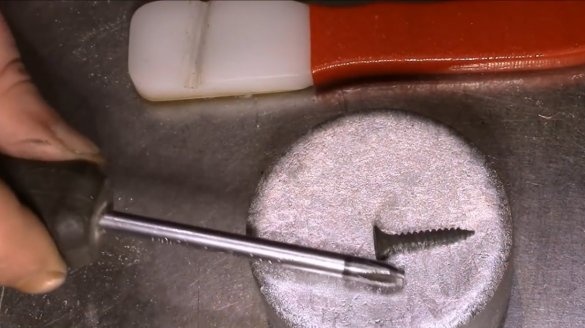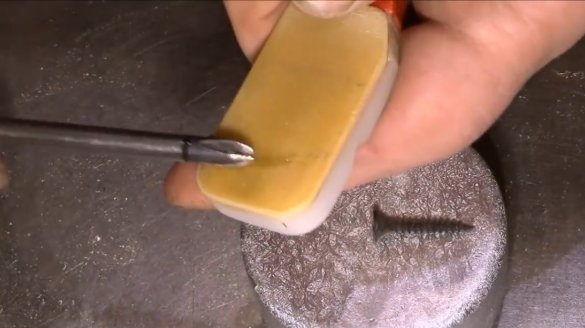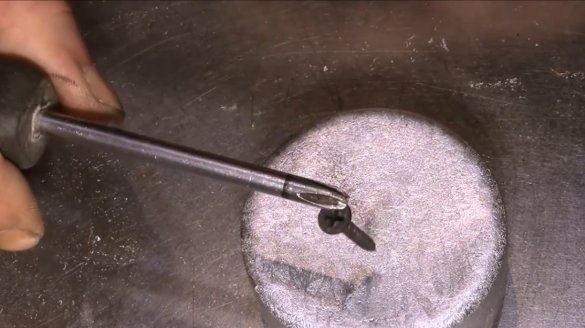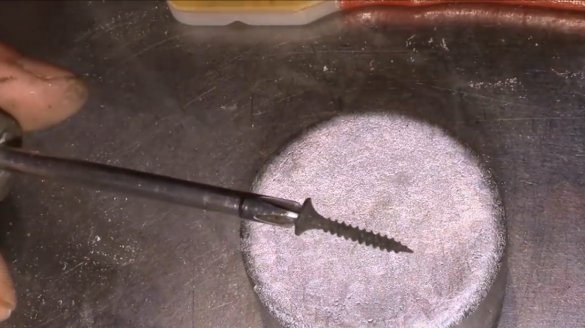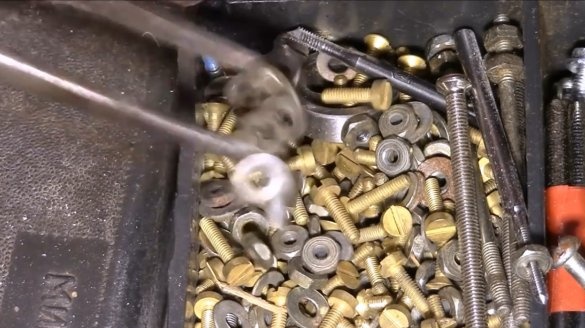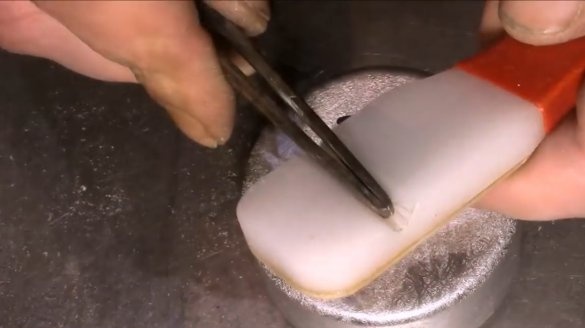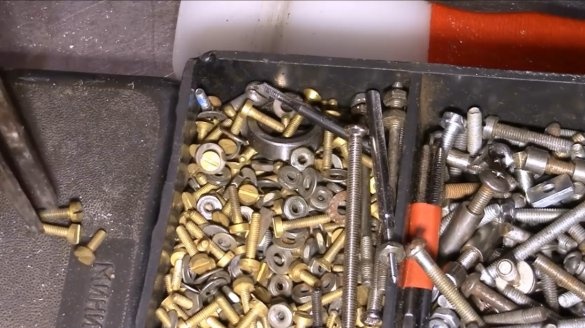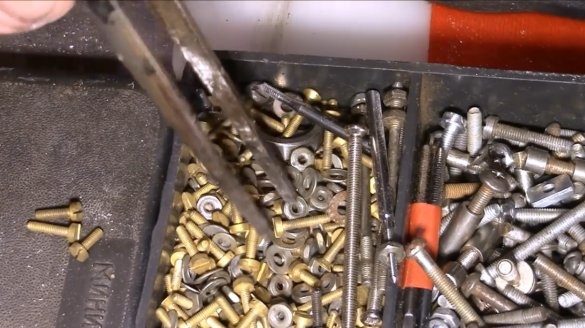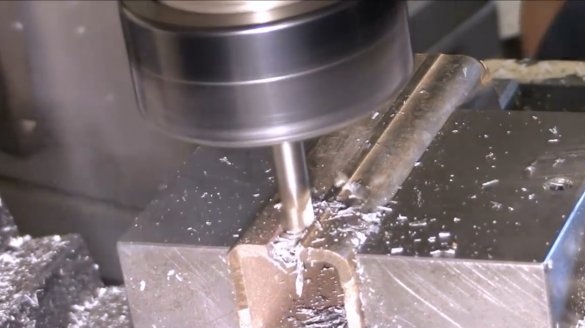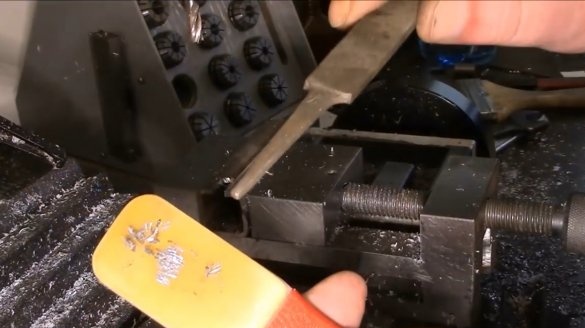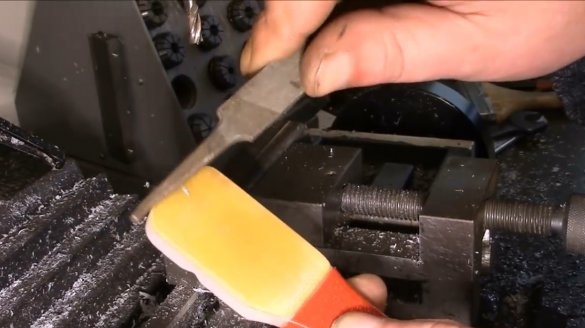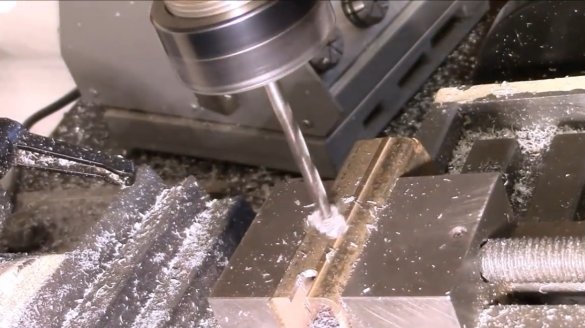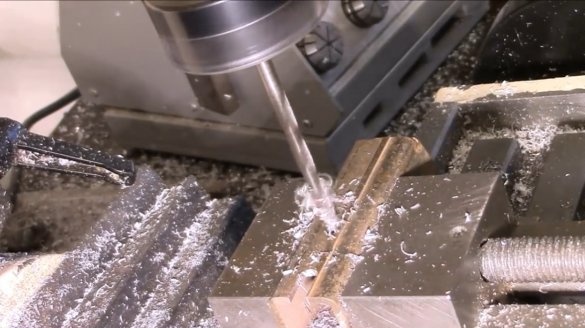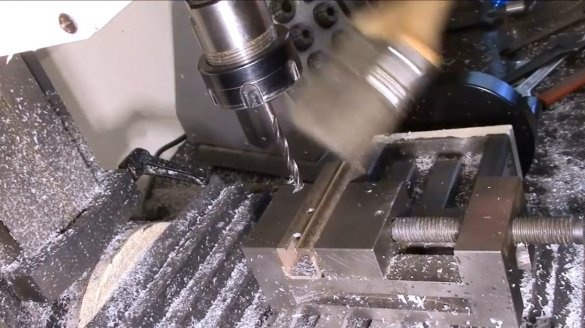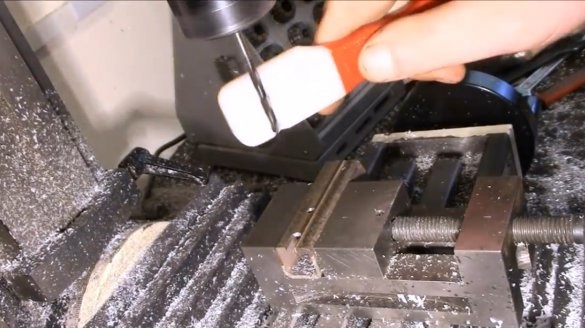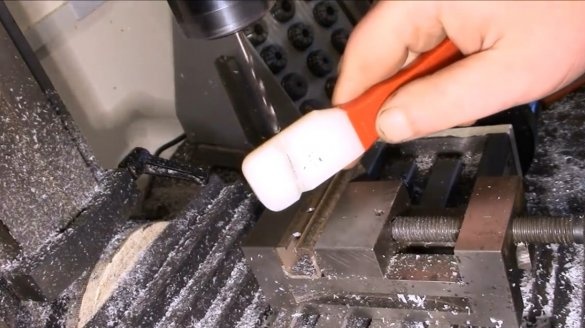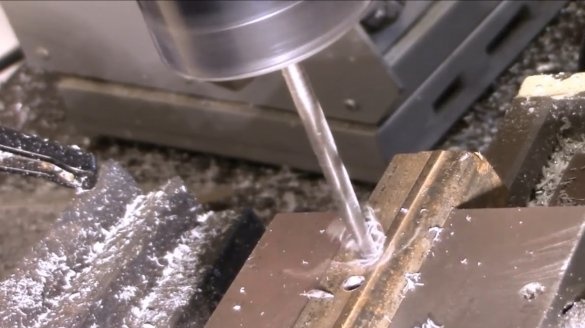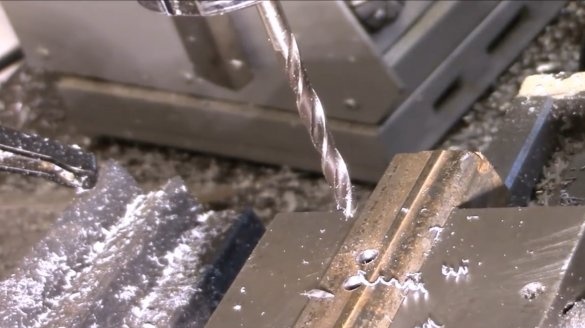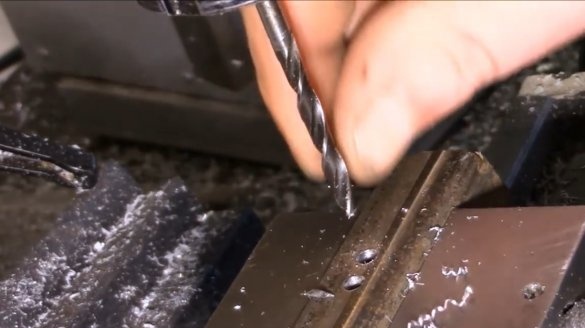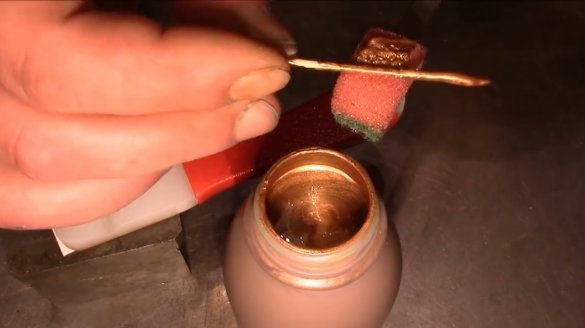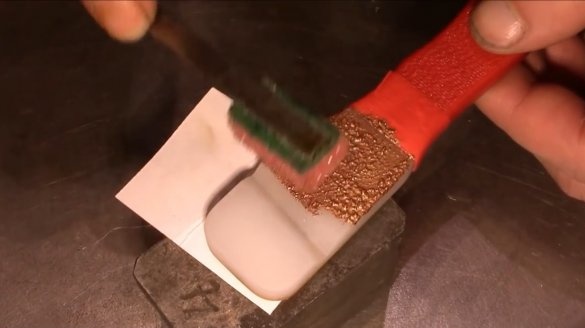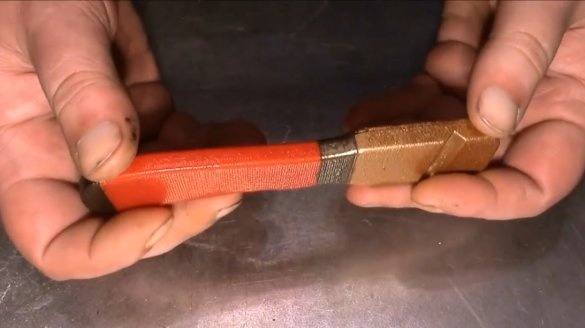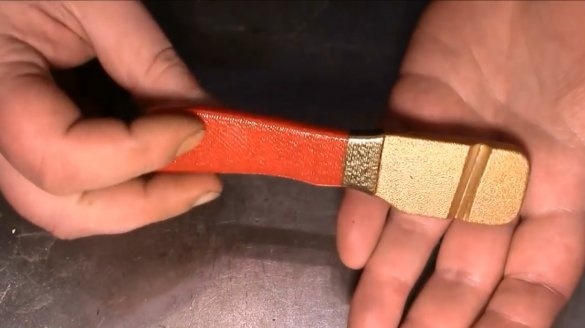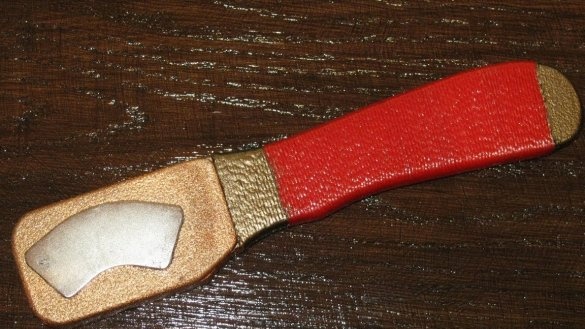Surely almost all masters were faced with the problem of magnetizing tools.
In this article, the author of the YouTube channel “TOKARKA” will tell you how he made devicewhich can neutralize this effect.
This homemade product is very simple to repeat, and it will not require complex tools or materials.
Materials
- Magnet from the hard drive
- Acrylic sheet
- Kapron thread
- Second glue
- Acrylic parquet lacquer
- Sandpaper
Instruments, used by the author.
- Hacksaw, scissors for metal
- Belt sander
—
- File, file
—
- Drilling machine.
Manufacturing process.
So, for the manufacture of this homemade product you will need a permanent magnet from an old hard drive. It should be removed with caution, it is quite fragile. You can also purchase one at a flea market. If you could not find such a magnet, then you can purchase a rectangular neodymium.
The main material for the handle will be a thick piece of sheet acrylic.
Thick fiberglass, getinax, plexiglass, or wood is also suitable. The main thing is that it is not made of metal.
The master determined the future location for installing the magnet in the handle. He immediately picked up a plate equal to its thickness. With its help, it will be possible to adjust the depth of the cutter.
Then he drew the contours of the magnet. For him, you will need to make a notch.
This can be done with a dremel, and if the handle is made of wood, then choose the groove with a chisel.
But the master has a drilling and milling machine. He makes a selection in three passes, otherwise there is a risk of not holding the workpiece. The depth at the last pass sets, focusing on a previously prepared plate.
Now the magnet can be glued to its seat.
But first, he grinds the corners of the handle, and processes sharp edges with a file.
For the convenience of the handle, the author decided to wrap it with nylon thread, fixing it at the beginning and end of the winding with second glue.
For reliability, it additionally impregnates the threads with acrylic parquet varnish.
A suitable workpiece is cut from a piece of thin fiberglass, applied to the handle head, notes the excess.
The excess is cut off with scissors for metal, and the corners are ground.
Now the important point. The master needs to determine the location of the central axis located between the two magnetic poles. As an indicator of the magnetic field, he uses toner from a laser printer, although you can use ordinary fine rust.
It is along this line that you need to make a V-shaped groove. The wizard transfers the marking to the back of the handle.
Then, with the help of a file, a hacksaw, and a triangular file, he fulfills his plan. The main thing is not to overdo it with the depth of the groove, and leave a layer of acrylic 1-1.5 mm thick.
Now you can stick the protective cover.
An ordinary screwdriver does not attract metal parts.
But if its head is magnetized on the edge of the magnet, then it will hold small self-tapping screws. It is quite convenient.
But when the tweezers sponges acquire magnetization, he begins to grab everything and does not want to let go of small parts at the right time. This is already an inconvenience.
If you hold the tip of the tweezers on the done groove, then it will demagnetize, and again will function normally.
When milling, drilling, and turning, quite a few small chips fall on clothing. And she loves to dig into the skin. It is very difficult to get such splinters.
And with this device, the chips can be almost completely removed from clothing. For ease of cleaning the working surface of the tool, you can put a plastic bag on it. After cleaning, just turn it inside out and throw it away.
When drilling metals, they often acquire magnetization and drill tips. Then a “beard” begins to form on them, and it prevents the oil from being added to the drilling point, simply taking it away.
Such a beard is difficult to remove even with a brush.
Now just by running the device along the drill, it is demagnetized.
That's the difference - no beard even without cleaning.
So, the tool was accepted by the master into the service, it remains to ennoble it a bit by applying acrylic paint to the head.
Here is such a beautiful and useful tool turned out by the master. By the way, protect the magnet from heating. The usual alloy of neodymium-iron-boron cannot be used at temperatures above + 80⁰C. It simply loses its properties. Of course, there are those that can withstand + 200⁰C, but they are very expensive.
Thanks to the author for the simple idea of a useful workshop tool!
All good mood, good luck, and interesting ideas!
Author video can be found here.

